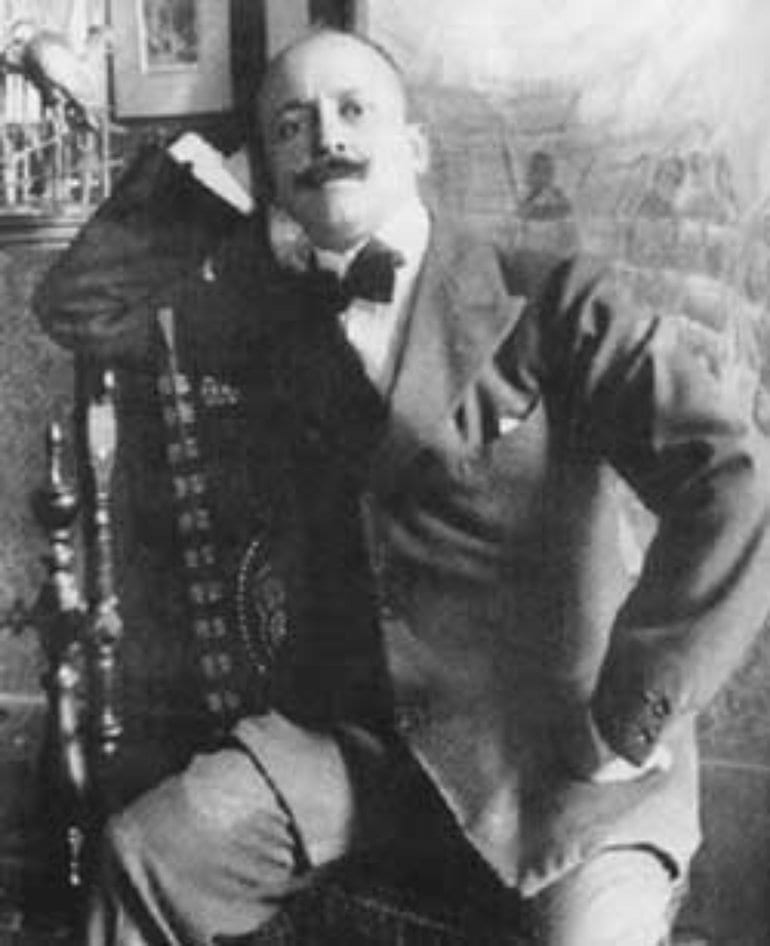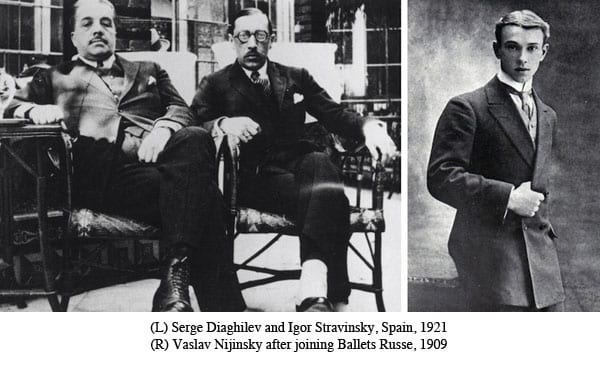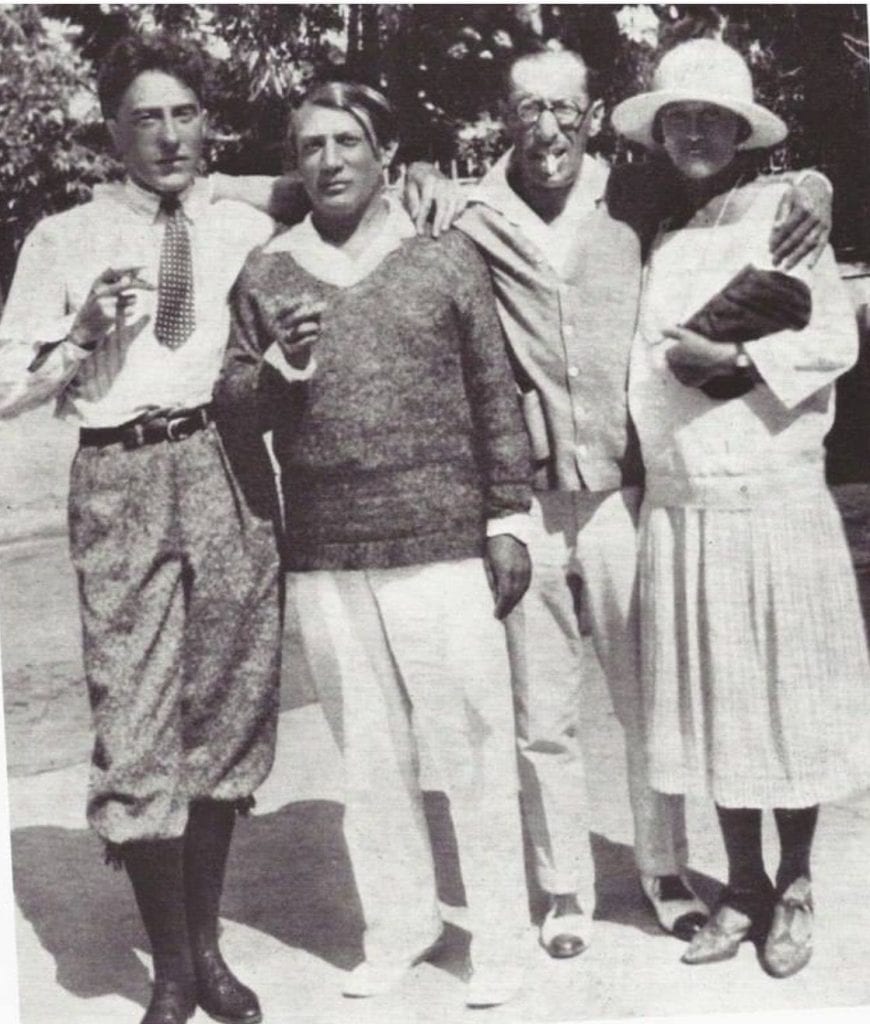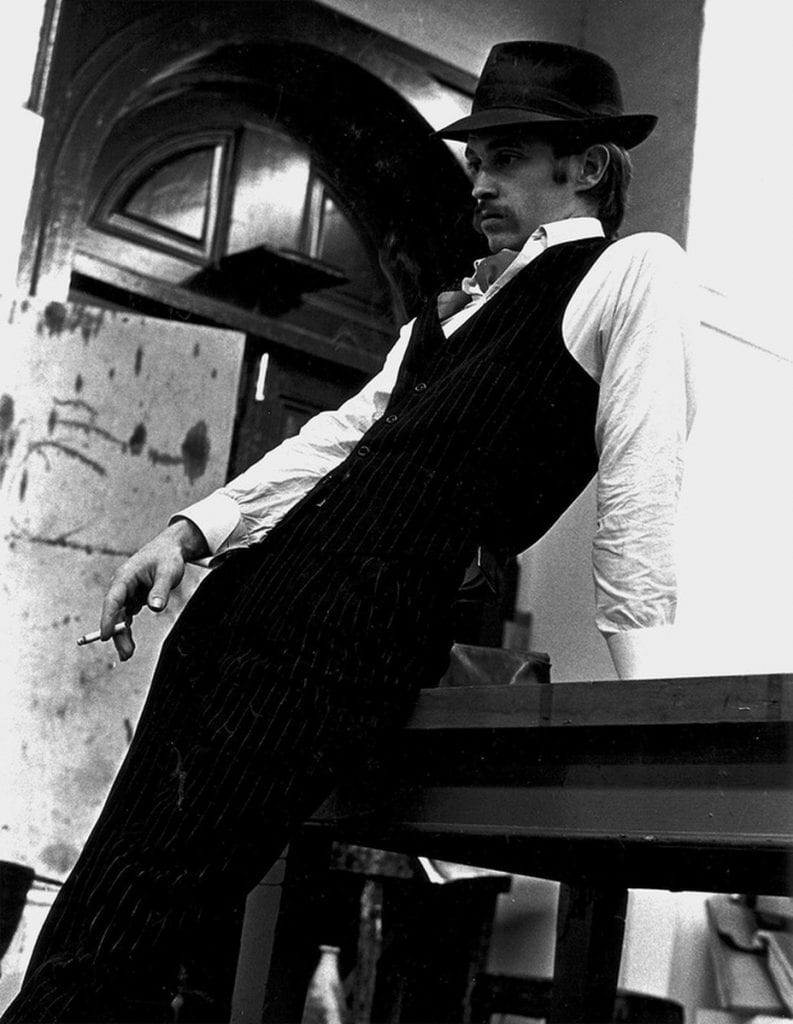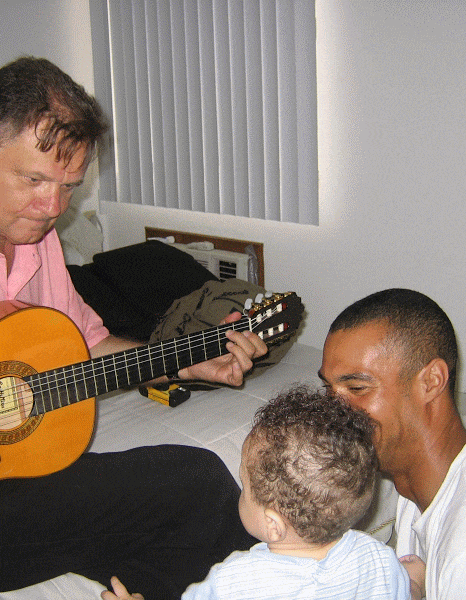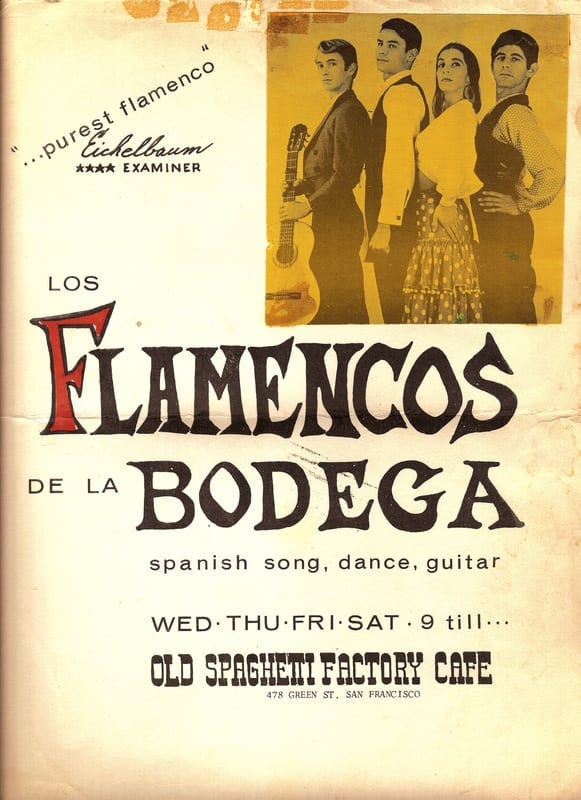Paris 1909
“So let them come, the gay incendiaries with charred fingers! Here they are! Here they are!… Come on! set fire to the library shelves! Turn aside the canals to flood the museums!… Oh, the joy of seeing the glorious old canvases bobbing adrift on those waters, discolored and shredded!… Take up your pickaxes, your axes and hammers and wreck, wreck the venerable cities, pitilessly!”
Filippo Tommaso Marinetti
Paris 29 May 1913 in Paris
Opening Night Stravinski’s Rite of Spring
(The Birth of the Modern)
THE LANGUAGE OF THE STAGE: It is not a question of suppressing the spoken language, but of giving words approximately the importance they have in dreams. – Antonin Artaud
 Loading...
Loading...
“[I]t is the mise en scene that is the theater much more than the written and spoken play. I will be asked no doubt to define what is Latin in this way of seeing opposed to mine. What is Latin is this need to use words to express ideas that are obvious.
In any case, and I hasten to say it at once, a theater which subordinates the mise en scene and production, i.e., everything in itself that is specifically theatrical, to the text, is a theater of idiots, madmen, inverts, grammarians, grocers, antipoets and positivists, i.e., Occidentals.”
In the Company of Antonin Artaud
Signals Through The Flames
is a documentary film on the work of Julian Beck and Judith Malina as the founders of The Living Theatre performance company. The title of the film is taken from the work of Antonin Artaud in his book on theatre theory called “The Theatre And Its Double”.
It was produced by Mystic Fire Video as a project of the now defunct Mystic Fire Video bookstore in New York City. It was directed and edited by Sheldon Rochlin.
Signals Through The Flames contains first person interviews with Beck and Malina, archival footage of performances and street actions from various news reporting sources of the theater’s political life in the late 1960’s. Particular
attention is given to Paris in 1968 in a performance called “Paradise Now” and the occupation of the Odeon Theatre. Excerpts from the Company’s filmed productions of original work “The Brig” and “The Connection” are also part of
the documentary.
Signals Through The Flames is the story of political action expressed through experimental theater and is for those archival purposes of theater history and lessons from the movement.
An entry for the film was made to The International Movie Database (IMDb).
citationhttp://www.imdb.com/title/tt0235764/?ref_=fn_tt_tt_1
Julian Beck died in 1985 of stomach cancer. Judith Melina continued to work as a director of The Living Theater in New York City until her death in 2015 at the age of 89.
Riccardo Vaia (Endimione)
This film is a free reinterpretation of Artaud’s writings, and of his vision of the peyote’s rite, during his trip to Mexico in 1936.
‘Ciguri’ is a word where a multiplicity of symbolic and anthropological rotations intersect, eventually dissolving in pure image.
According to William Burroughs’ ‘Ah Pook’, the meaning is always subject to a linguistic scrambling eventually decaying into hallucination: the place where signs become ‘meat’ and ‘vegetable history’. The space described in Artaud’s ‘Voyage to the Land of the Tarahumara’ is a space where geographical coordinates become lines of sight and lines of the body: the ‘mountain of signs’ which dispossesses the standard ontological systems of identification of Western culture.
In this film the peyote’s rite, the ‘primal flower’ according to the Tarahumara’s ancient culture, describes a celebration wherein the ‘virality’ of the image and of the word conspires to formulate what for us is the concept of ‘desert’ of vision. A place where the world reveals its ‘nihil’.
Words and images. Seeing and speaking. Or ‘being seen’ and ‘being spoken’… An apotropaic knot of our postmodern era; and even more a central point of cinema.
What triggers mirages and deeply enthralls, is moreover the disappearance of the image – since it generates a repetition and a difference in giving itself and withdrawing itself, while it disseminates sings, hieroglyphs, doubles, icons and resonances around itself.
Burroughs (in almost every work) wrote about ‘interzones’ when he was commenting Mayan Codes, their images, their glyphs, confiding that they could be the most effective signs systems for tracing a ‘History’ where images, and their referents in the world, could contaminate each other in order to form a sort of real ‘cut-up’. This cut-up would then be able not only to segment language, but also the biology of bodies and of the world itself. Today ethnic cinema (beyond the obvious social values it represents) troubles itself on many levels looking for this boundary, with no result. This because it is still involved in a ‘theatre of cruelty’ dependent upon representation.
On the contrary, in ‘Ciguri’ it is Artaud’s idea of ‘post-cruelty’ that is expressed: a circle where the Eleusinian Mysteries are staged by a ‘sect of assassins’. At the same time Burroughs’ Habban-I- Sabbah gets rid of the sacred ‘enjeu’, revealing its intrinsic fiction.
Artaud and Burroughs conspire ultimately for silence, just like the sierra losing its ‘geography’ (the ‘hand-writing’ of the earth, the graphèin as Derrida would have it) in favour of a space still unexplored.
Where the visible ‘Ciguri’ ends, the one of the image and of the living, begins the ‘Ciguri of the Aztec Hades’: the ‘ritual of the dead’ to which belongs the invisible. The only testimony, like ashes under an extinguished fire, are possibly the glyphs, the lines, the tattoos on the foot (the last frame of the film) that throbs upon the chthonic earth. The pounding of bones drumming on the ground: a sound coming from somewhere else and that resonates upon vegetable signs, upon the terror of the primal flowers, of the primal colours appearing in the world and in the visible light.
‘Ciguri’ is a film for explorers.
 Loading...
Loading...
Worlding the Beats:
Wilson – Beat Poet, scholar,
member of an intrepid
generation of writers,
musicians, activists, philosophers
creating art
steeped in sound
y sabor de San Francisco,
smooth suede
coming
out
of North Beach
leather, jackets,
turtleneck-ed Italian
espresso-ism on the grass, man.
rolling in
laughing in love-ins,
lots of lovin’, Haight
was great then,
though getting down
on the grass in
Washington’s square, man,
right there, man,
in front of saints Peter and Paul.
666
Filbert. (sounds ironic)
you know, where they do it
in Latin,
in Italian,
in Cantonese,
in English,
In mass
people prayed for peace
as Jazz
played on
those Flamenco nights,
red, blue, and green
gels on a black pole brighten
the city lights
I grew up
on,
write on,
stayed up all night
for the whole
show,
the gypsies’,
hippies’,
Beatniks’
gitanas’
hearts
beating,
and me, falling deep in
asleep on my dad’s guitar case
in that scene, man
down Green,
between
Stockton and Grant.
“La Bodega” in the back
of Frederick Walter Kuh’s
Old Spaghetti
Factory’s gone.
But the songs,
the sounds
and the beats Bulería
o seguirías
malagueñas y Sevillanas
entre Tangos y Fandangos
todavia,
still hear
still feel
still practice
still play
still mark
su marca
still pace
sus pasos
marca pasos
mark time
and time again
to the Beats’
of North Beach.

